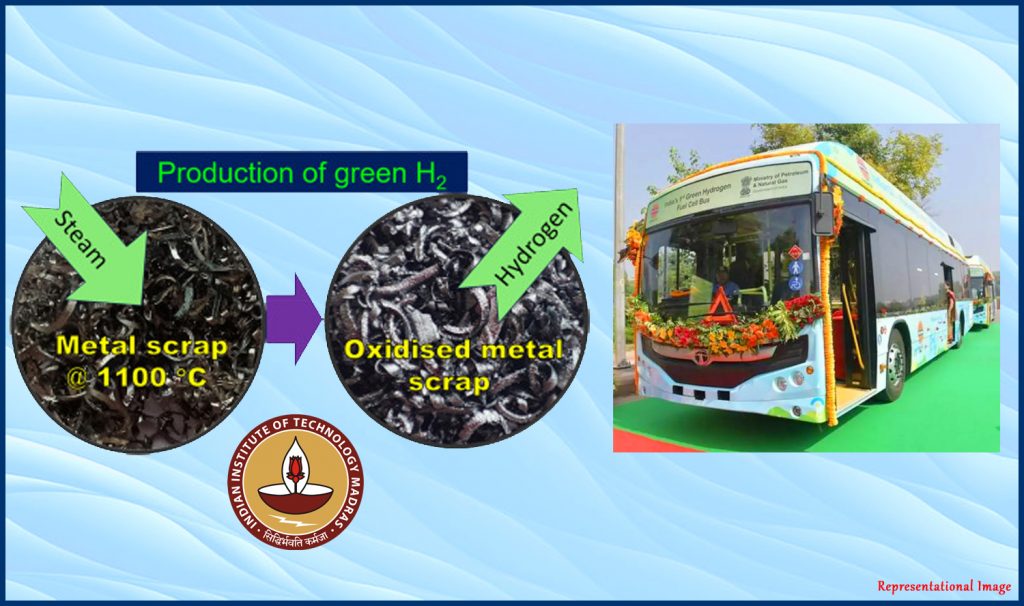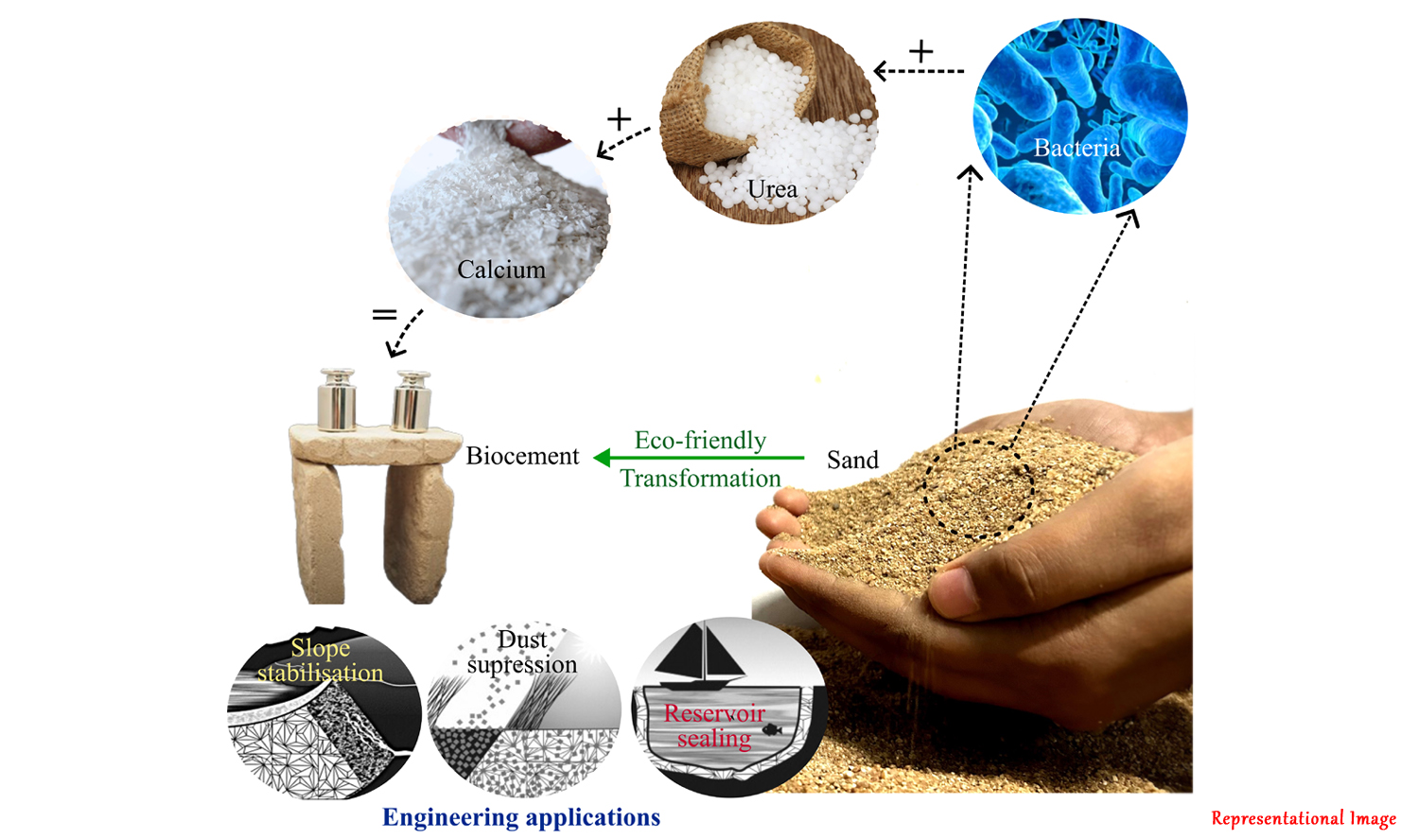
The concentration of atmospheric carbon dioxide is measured in parts per million (ppm). Sixty years ago, it was about 300 ppm, and currently it is about 418 ppm because of the large-scale use of fossil-fuels and population growth. The net amount of carbon dioxide released into atmosphere is about 20 gigatons per year. This is leading to rapid buildup of atmospheric carbon dioxide causing global warming and climate changes which are experienced all over the world today. Humanity cannot afford the increase of global warming beyond 1.5 °C relative to the pre-industrial baseline value (~13.9 °C). It is an existential threat to humanity. In this scenario, the use of hydrogen as a clean energy carrier in future has come to the forefront. Hydrogen is abundantly available in hydrocarbons, water and all flora and fauna. Green hydrogen is the hydrogen produced using renewable energy sources such as sunlight without adding carbon dioxide to the atmosphere and harming the environment. However, the current methods of hydrogen (grey hydrogen) production emit large amounts of carbon dioxide as they use fossil fuels such as coal and natural gas. Thus, there is an urgent need to explore sustainable options to produce green hydrogen. Production of green hydrogen by splitting water is currently an intensively explored research area.
Another process known as thermochemical water-splitting to produce green hydrogen has attracted a lot of attention. This process can utilize solar power and nuclear waste heat to generate hydrogen which offers a clean and sustainable solution. However, enormous amounts of ferrous scrap, metallurgical waste materials and cerium dioxide (rare earth oxide) pile up in industrial processes. These materials can be utilized for the production of green hydrogen. Use of industrial waste-metal scrap to generate hydrogen via thermochemical methods is also an environmentally friendly approach, and can reduce the carbon footprint associated with hydrogen generation. Green hydrogen is a non-polluting fuel that could replace oil. Future automobiles will have super-clean green cars running on the energy generated when green hydrogen fuel in fuel cells combines with oxygen in the air and emits only water.
In this study, conducted by Mr. R. B. Harikrishna, Ms. Hemagni Deka, Ms. Somasree Roychowdhury and Ms. Shuchi Sharma under the guidance of Prof. T. Sundararajan from the Department of Mechanical Engineering and Prof. G. Ranga Rao from the Department of Chemistry, Indian Institute of Technology Madras, Chennai, India (all the authors in this study are also affiliated with the DST Solar Energy Harnessing Centre (DSEHC), Indian Institute of Technology Madras, Chennai, India), ferrous metal wastes and cerium dioxide are used as raw materials to feed the thermochemical packed-bed reactor operating above 1000 degrees Celsius to split water for green hydrogen production in a sustainable manner.

It was noted that a gram of ferrous scrap metal could generate 500 mL (millilitres) of hydrogen with a conversion efficiency of 94 percent.
This is therefore a promising solution for both metal waste management and the production of low-carbon green hydrogen. Prof. A. M. Kannan from The Polytechnic School, Ira A. Fulton Schools of Engineering, Arizona State University, Arizona, USA, who is also Associate Editor for the International Journal of Hydrogen Energy, gave his analysis of the work done by the authors and confirmed its significance with the following comments: “The Only Truly Clean Chemical Fuel: H2 is the simplest element known and it is poised to becoming an energy carrier in the stationary power, transportation, industrial, residential, and commercial sectors, for realizing H2 Economy. Even though, H2 is the most abundant element on the Earth, it doesn’t occur naturally as a gas. It is always combined with other elements, such as with oxygen to make water. Once separated from another element, H2 can be burned as a fuel or converted into electricity. The major hurdles associated with widespread H2 economy are generation, storage, transportation, distribution, and technologies. Once these are resolved at an affordable cost, the H2 economy will be commercially viable. The research carried out by Professor Rao’s group at the IITM is an attempt in producing H2 fuel without involving any carbon footprint from mild steel and ferrous scrap materials with packed bed reactors at elevated temperatures. The next step should be in designing and developing prototype units in attracting corporates for establishing large scale H2 manufacturing facilities.”
Article by Akshay Anantharaman
Click here for the original link to the paper One
Click here for the original link to the paper Two
Click here for the original link to the paper Three











